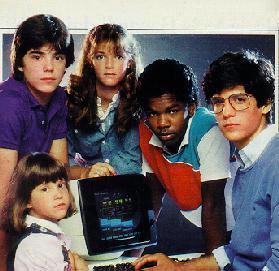From time to time here, we like to go into the wayback machine and look at some our formative tech influences from early in our development. Well, this week, it’s a pop culture tech entry: the TV show Whiz Kids.
Never heard of it? It ran only for one season. And it featured plotlines like trying to defeat Russians who break into US databases and steal the data — or, in another episode, cybercrimes like online theft. Ripped from the headlines, no?
Except this show ran from 1983 until 1984! Talk about ahead of it’s time…
Of course, there, we lose the realism a bit. Sure, the technology that was employed in the show was pretty true to what was current in that time, and some of the storylines were prophetic. But the overarching plot was about some precocious young hackers who ended up saving the day each week. Which made it pretty unrealistic, but made it a must-watch for this young hacker at the time. That could have been me!
It turns out I’m not alone, either. Not only was it pretty popular among the hacker/geek contingent in the US, but it went over to Europe (in France, it was called Les Petits Génies) and was big among the same group there. According to one French blogger, there are IT professionals across Europe who attribute their interest to watching this show!
Lamentably, in 1983, even though WarGames (a seminal tech movie, and Matthew Broderick’s film debut) was the movie of the summer, the potential audience for Whiz Kids wasn’t big enough for it to last. So after only one season, it went away. (And one of the female leads went on to be on ALF. Talk about adding insult to injury!)
But it still holds a special place in the heart of many, including me.

